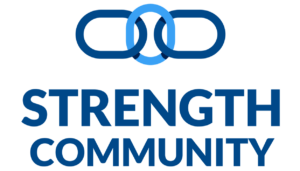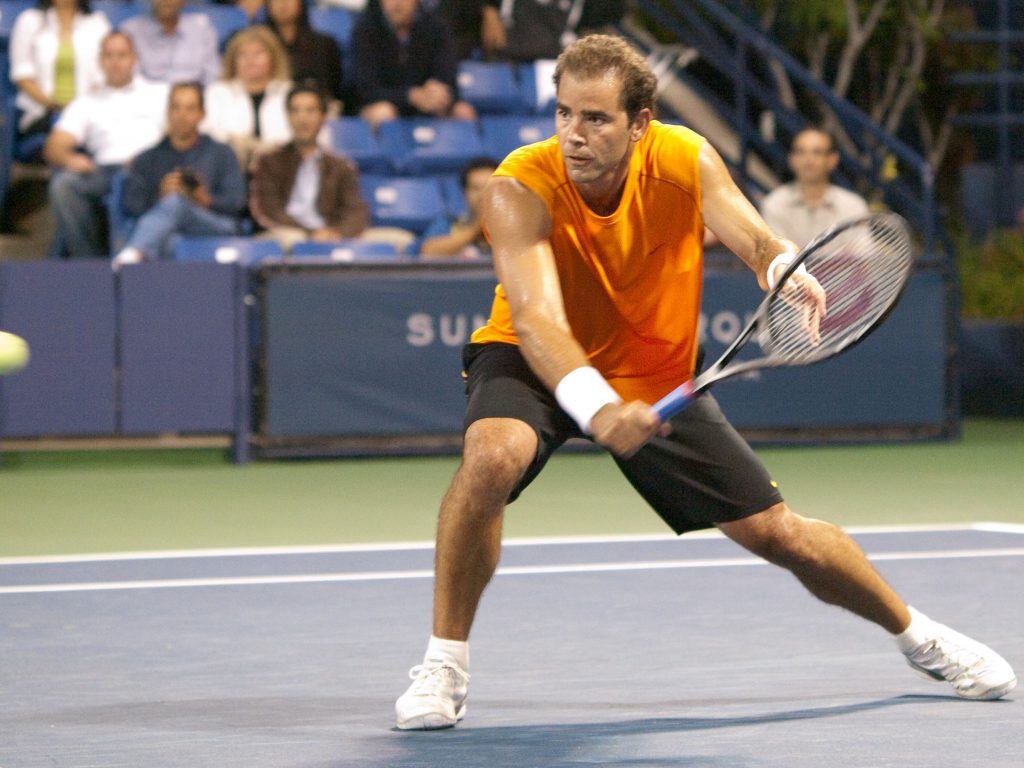In this article I’ll share the steps and considerations in order to prepare a tennis player to be a winner in his/her class.
This Division 1 tennis player couldn’t practice his sport because he had medial and lateral epicondylitis and one of the tendons had a 40% rupture. He was so desperate to play, that he started using his left hand, being righthanded. This is a very good starting point in terms of mindset that basically showed me that he was determined to do whatever it takes to go back to the court and be the best in his class.
After a successful rehabilitation process, he started to play with his right hand. The treatment involved specific strength training, mostly all types of wrist flexions, extensions, deviations, supination, pronation and grip specific tools. The soft tissue therapy was centered between ART, GuaSha and stretches. At that point, he realized that strength training was making a profound impact on his performance, so he requested me to train him for his sport.
I designed his training program based on the results of his Structural Assessment, Neurotransmitter profile and specific needs for his sport. For the lower body, the main points we addressed were VMO and posterior chain. For the upper body it was trap3, external rotators, overhead presses, rear delts and rhomboids. In terms of flexibility, his whole body needed work on this field. On the Structural Assessment class online, I cover all the exercises progressions for the different muscle groups.
I was very clear with him that if he wants to properly train in the gym and get the results he was looking for, he will have to reduce the number of tennis sessions per week. He was so excited to go back to his game, that my advice entered through one ear and immediately left through the other ear.
During the first month, the progress in the gym was good but his performance on the court actually went down and he was mentioning being “slow and heavy” in his game. After he said so I asked him “do you remember what I told you one month ago about the number of tennis sessions per week?” and he immediately looked down, implying something like “yes, you told me so”.
At that point we reached an agreement about his training schedule for the next 2 months, which were the last two months of the year. We agreed that he will train 4 times per week at the gym and 3 times per week at the court. Two of his tennis sessions had the focus only on improving his technique on different shots, so no running was involved. The other one could be whatever he wanted, but this session had to be on a different day from the gym training.
As expected, the results in the gym went from good to great. We quickly reached the balance needed and improved in all his specific needs for the sport like better speed and acceleration, power and accuracy on the shots and a higher recovery capacity during the game. He was asking virtually every week if he could have an extra tennis session or if he could exchange one of the technique sessions for a match. Without having to say much, I just reminded him that we had an agreement and that we both were committed to it.
After those 2 months of hard work at the gym, I’ve changed his schedule to only 2 training sessions with me and his regular tennis practice schedule on the court. The feedback from his tennis mates was that his speed was simply impressive, the conditioning improved dramatically and that his technique was fantastic. His strength levels had increased to the point that he had to change his racket for one more rigid in order to have better control of his shots.
That year, his two training sessions per week were based under the principle of training for maintenance purposes. Of course, I made sure he didn’t lose all the progress that we made and that all the specific and changing needs for the sport were addressed. Interestingly enough, he was still improving in certain lifts. His maintenance training was based on mostly unilateral exercises in order to offset the inherent imbalances created by the sport. Split squats, step-ups, leg curls and hip extension exercises for the lower body. External rotations, trap 3, grip, forearms and lots of dumbbell work for the upper body. For more detail on how to properly set training programs, check the Science of Program Design online class.
At some point, he told me that he was feeling so good that he would like to have an additional training session at the gym per week. Again, simply reminding him our commitment was enough to persuade him to drop that idea.
The Result of Our Work
He competed in every single major Division 1 tournament in the country and he won all of them. He didn’t lose one game that year. That’s what I consider a spotless performance during a year calendar of competitions.
This story illustrates a few aspects that you as a coach should always keep in mind:
- The human body has a certain capacity. If you exceed it, not only you’ll be decreasing performance, but you can even hurt the body.
- Related to the previous point, fatigue masks fitness. No matter how good you are prepared, if you are exhausted, the body won’t be able to express its true potential.
- Structural Assessment, Neurotransmitter Profiling and proper Program Design based on the previous 2 and specific needs of the person and sport, is the sure way to produce outstanding results.
- Proper planning of the gym sessions and the sport specific sessions, depending on the time of the year, the moment of the career and the competition schedule will provide the right environment for the progress needed to succeed in the sport.
- The value of accurately applying the training for maintenance principle.
If you apply all these principles in the training of your athletes, no matter what the sport is, your career and you athlete’s will skyrocket.
Coach Carlos Castro

